The Light Adjustable Lens has transformed cataract surgery by shifting crucial decisions regarding final lens power to the more ideal post-surgery period. This approach allows for unparalleled precision, as it accounts for lens shift and refractive changes that can occur during the healing process to achieve the best possible outcomes.
The innovative Light Adjustable Lens represents a departure from the usual practice of selecting a pre-manufactured lens power before surgery to predict a patient’s post-surgery visual outcome. The accuracy of vision achieved with the postoperative adjustability of the Light Adjustable Lens compared to traditional premium IOLs has been demonstrated in clinical studies.
The Light Adjustable Lens is a versatile premium lens that a growing number of surgeons are finding is customizable for many types of patients. Throughout the adjustment process, Light Adjustable Lens patients are engaged and participate in their care in a way other lenses can’t offer.
This truly customized approach has led to outcomes they and their doctors are excited about. Almost daily, we add to the list of clinics nationwide that are successfully integrating the Light Adjustable Lens into their workflow and finding that it is a worthwhile investment for their practices and their patients.
The Light Adjustable Lens is implanted using a standard cataract procedure. Patients then experience their vision and surgeons can adjust the lens over a series of treatments to ensure each patient achieves vision that matches their lives. Each adjustment is a UV light treatment performed by the Light Delivery Device™ (LDD™) that corrects refractive error and dials in optimized vision.
The LAL and the LAL+ are built on the same platform. The LAL+ has a modified aspheric anterior surface that creates a small continuous increase in central lens power, which is designed to slightly extend the depth of focus.
Macromers/polymers are not visible in the lens, and graphic is used only as an illustration.
ActivShield is a UV protection layer built into the Light Adjustable Lens. Along with UV glasses, ActivShield helps prevent accidental sunlight exposure from changing the lens prior to the final lock-in treatment.

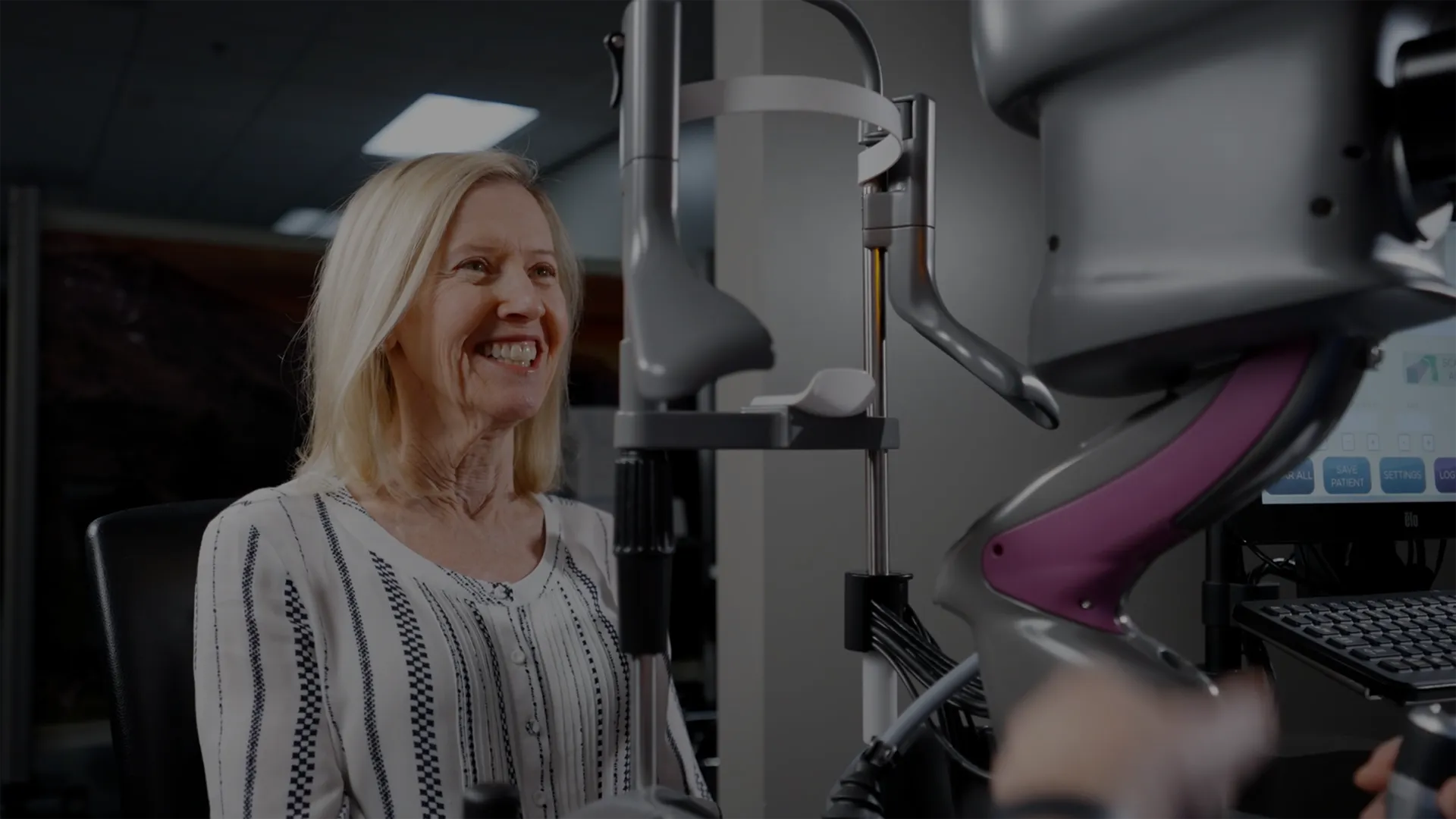
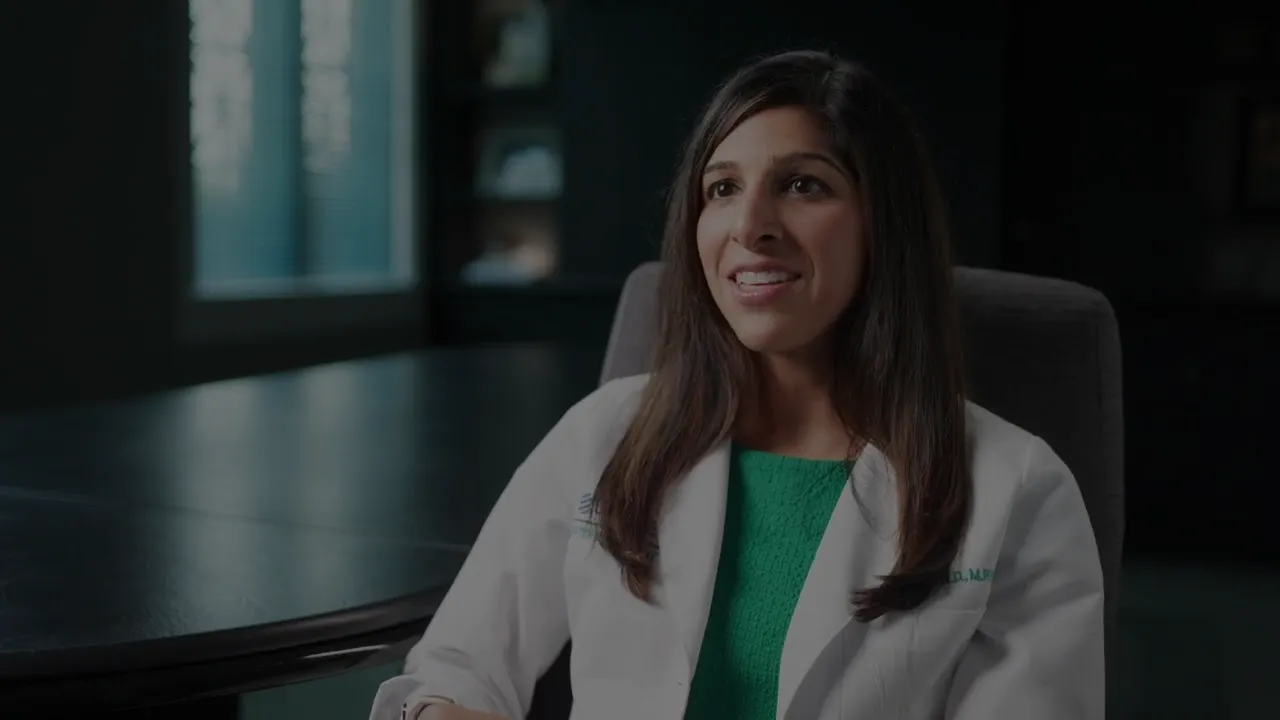


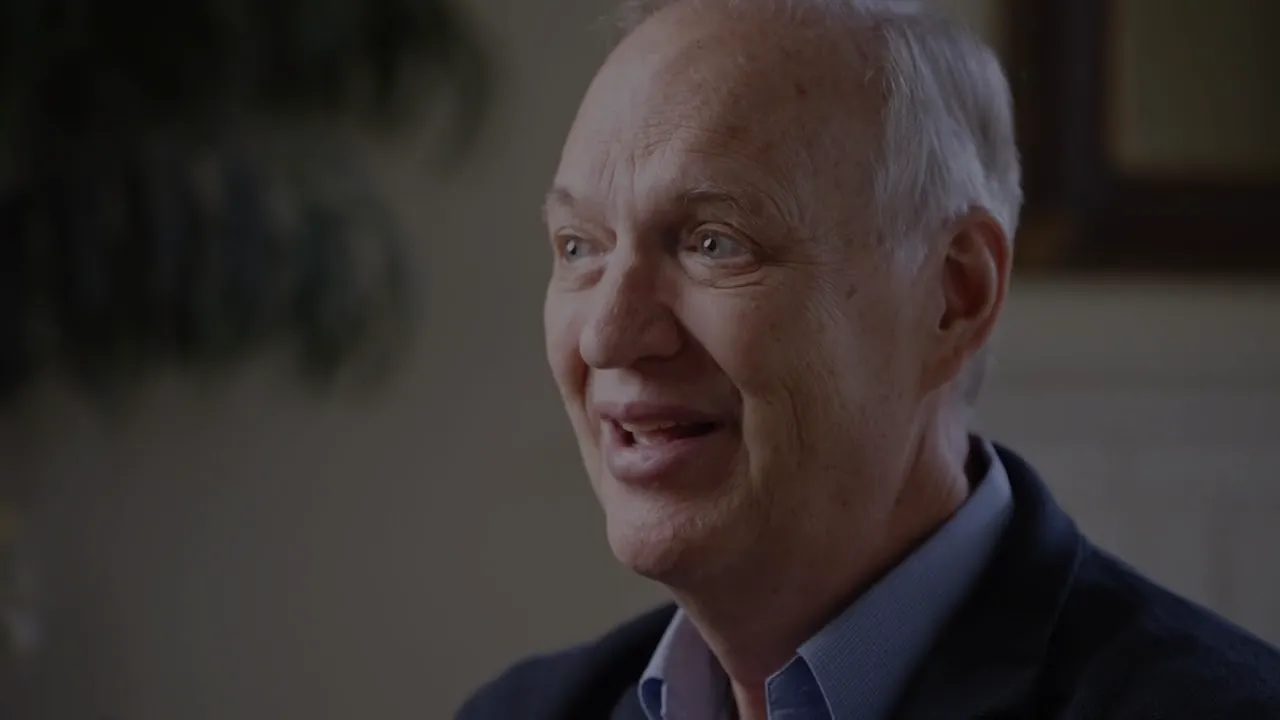
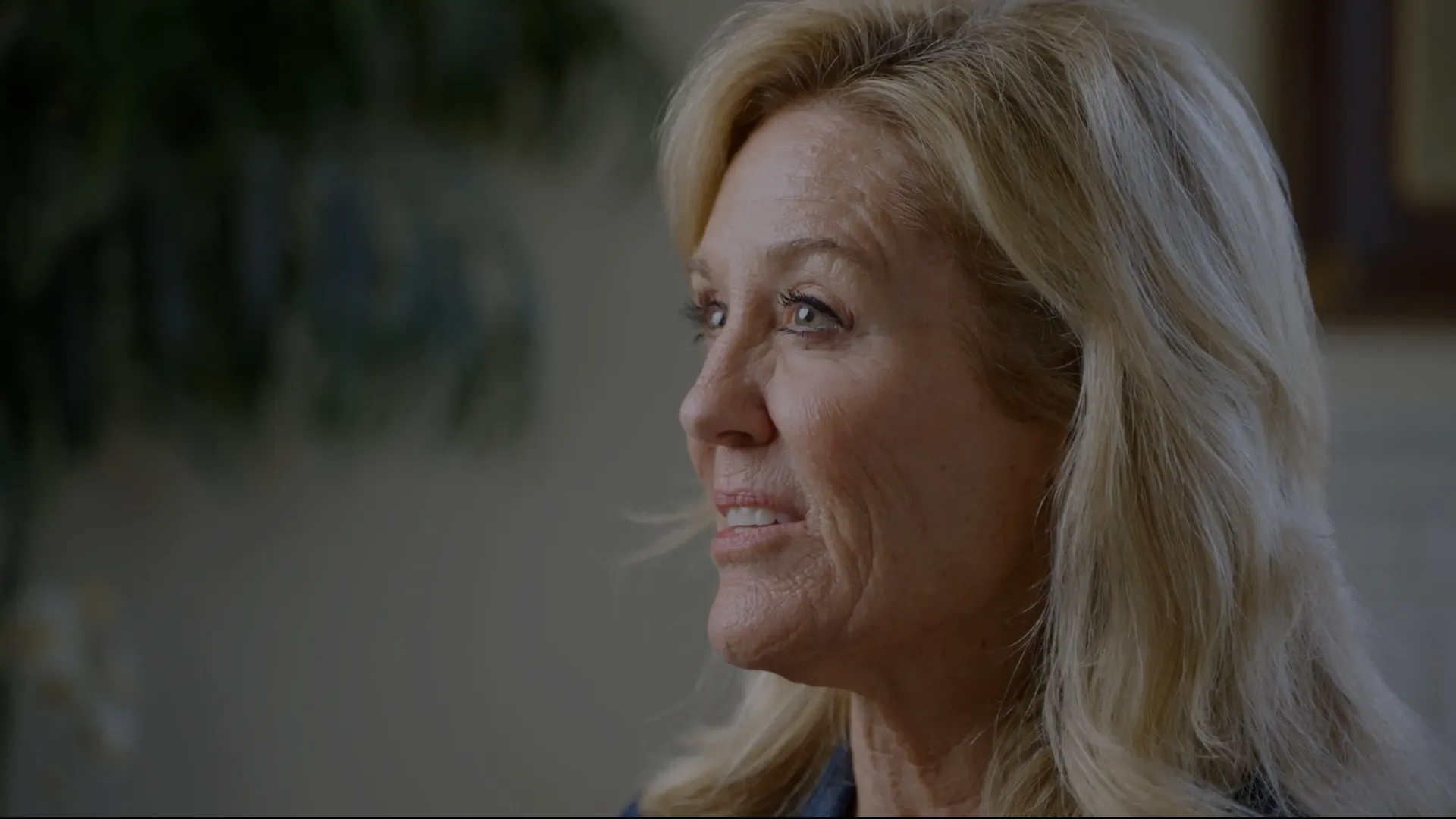

Join us in changing the shape of cataract surgery; fill out the form below to receive our complete guide to the Light Adjustable Lens.

INDICATIONS: The Light Adjustable Lens™ (LAL™) and Light Delivery Device™ (LDD™) system is indicated for the reduction of residual astigmatism to improve uncorrected visual acuity after removal of the cataractous natural lens by phacoemulsification and implantation of the intraocular lens in the capsular bag in adult patients with preexisting corneal astigmatism of ≥ 0.75 diopters and without preexisting macular disease. The system also reduces the likelihood of clinically significant residual spherical refractive errors. CONTRAINDICATIONS: The Light Adjustable Lens is contraindicated in patients who are taking systemic medication that may increase sensitivity to ultraviolet (UV) light as the LDD treatment may lead to irreversible phototoxic damage to the eye; patients who are taking a systemic medication that is considered toxic to the retina (e.g., tamoxifen) as they may be at increased risk of retinal damage during LDD treatment; patients with a history of ocular herpes simplex virus due to the potential for reactivation from exposure to UV light; patients with nystagmus as they may not be able to maintain steady fixation during LDD treatment; and patients who are unwilling to comply with the postoperative regimen for adjustment and lock-in treatments and wearing of UV protective eyewear. WARNINGS: Careful preoperative evaluation and sound clinical judgment should be used by the surgeon to decide the risk/benefit ratio before implanting an IOL in a patient with any of the conditions described in the Light Adjustable Lens and LDD Professional Use Information document. Caution should be used in patients with eyes unable to dilate to a pupil diameter of ≥ 7 mm to ensure that the edge of the Light Adjustable Lens can be visualized during LDD light treatments; patients who the doctor believes will be unable to maintain steady fixation that is necessary for centration of the LDD light treatment; patients with sufficiently dense cataracts that preclude examination of the macula as patients with preexisting macular disease may be at increased risk for macular disease progression; and patients at high risk for future vitreoretinal disease that may require silicone oil as part of therapy. The Light Adjustable Lens must be implanted in the correct orientation with the back layer facing posteriorly. PRECAUTIONS: The long-term effect on vision due to exposure to UV light that causes erythropsia (after LDD treatment) has not been determined. The implanted Light Adjustable Lens MUST undergo a minimum of 2 LDD treatments (1 adjustment procedure plus 1 lock-in treatment) beginning at least 17-21 days post-implantation. All clinical study outcomes were obtained using LDD power adjustments targeted to emmetropia post LDD treatments. The safety and performance of targeting to myopic or hyperopic outcomes have not been evaluated. The safety and effectiveness of the Light Adjustable Lens and LDD have not been substantiated in patients with preexisting ocular conditions and intraoperative complications. Patients must be instructed to wear the RxSight-specified UV protective eyewear during all waking hours after Light Adjustable Lens implantation until 24 hours post final lock-in treatment. Unprotected exposure to UV light during this period can result in unpredictable changes to the Light Adjustable Lens, causing aberrated optics and blurred vision, which might necessitate explantation of the Light Adjustable Lens. ADVERSE EVENTS: The most common adverse events (AEs) reported in the randomized pivotal trial included cystoid macular edema (3 eyes, 0.7%), hypopyon (1 eye, 0.2%), and endophthalmitis (1 eye, 0.2%). The rates of AEs did not exceed the rates in the ISO historical control except for the category of secondary surgical interventions (SSI); 1.7% of eyes (7/410) in the Light Adjustable Lens group had an SSI (p < .05). AEs related to the UV light from the LDD include phototoxic retinal damage causing temporary loss of best spectacle corrected visual acuity (1 eye, 0.2%), persistent induced tritan color vision anomaly (2 eyes, 0.5%), persistent induced erythropsia (1 eye, 0.3%), reactivation of ocular herpes simplex Infection (1 eye, 0.3%), and persistent unanticipated significant increase in manifest refraction error (≥ 1.0 D cylinder or MRSE) (5 eyes, 1.3%). CAUTION: Federal law restricts this device to sale by or on the order of a physician. Please see the Professional Use Information document for a complete list of contraindications, warnings, precautions, and adverse events.
INDICATIONS: The Light Adjustable Lens+™ (LAL+®) and Light Delivery Device™ (LDD™) system is indicated for the reduction of residual astigmatism to improve uncorrected visual acuity after removal of the cataractous natural lens by phacoemulsification and primary implantation of the intraocular lens in the capsular bag in adult patients with preexisting corneal astigmatism of ≥ 0.75 diopters and without preexisting macular disease. The system also reduces the likelihood of clinically significant residual spherical refractive errors. CONTRAINDICATIONS: The LAL+ is contraindicated in patients who are taking systemic medication that may increase sensitivity to ultraviolet (UV) light as the LDD treatment may lead to irreversible phototoxic damage to the eye; patients who are taking a systemic medication that is considered toxic to the retina (e.g., tamoxifen) as they may be at increased risk of retinal damage during LDD treatment; patients with a history of ocular herpes simplex virus due to the potential for reactivation from exposure to UV light; patients with nystagmus as they may not be able to maintain steady fixation during LDD treatment; and patients who are unwilling to comply with the postoperative regimen for adjustment and lock-in treatments and wearing of UV protective eyewear. WARNINGS: Careful preoperative evaluation and sound clinical judgment should be used by the surgeon to decide the risk/benefit ratio before implanting an IOL in a patient with any of the conditions described in the LAL+ and LDD Professional Use Information document. Caution should be used in patients with eyes unable to dilate to a pupil diameter of ≥ 7 mm to ensure that the edge of the LAL+ can be visualized during LDD light treatments; patients who the doctor believes will be unable to maintain steady fixation that is necessary for centration of the LDD light treatment; patients with sufficiently dense cataracts that preclude examination of the macula as patients with preexisting macular disease may be at increased risk for macular disease progression; and patients at high risk for future vitreoretinal disease that may require silicone oil as part of therapy. The LAL+ must be implanted in the correct orientation with the back layer facing posteriorly. PRECAUTIONS: The safety and effectiveness of the LAL+ has not been substantiated in clinical trials. The effects of the LAL+ optical design on the quality of vision, contrast sensitivity, and subjective visual disturbances (glare, halo, etc.) have not been evaluated clinically. Surgeons must weigh the potential benefits of the modified optical design of the LAL+ against the potential for risks associated with degradation in vision quality and the lack of clinical data to characterize the impact of the LAL+ optical design on contrast sensitivity and subjective visual disturbance. These considerations may be especially relevant to patients with certain pre-existing ocular conditions (prior corneal refractive surgery, irregular corneal astigmatism, severe corneal dystrophy, macular disease, or optic nerve atrophy, etc.) or intraoperative conditions (posterior capsular rupture, complications in which the IOL stability could be compromised, inability to place IOL in capsular bag, etc.). The long-term effect on vision due to exposure to UV light that causes erythropsia (after LDD treatment) has not been determined. The implanted LAL+ MUST undergo a minimum of 2 LDD treatments (1 adjustment procedure plus 1 lock-in treatment) beginning at least 17-21 days post-implantation. All clinical study outcomes were obtained using LDD power adjustments targeted to emmetropia post-LDD treatments. The safety and performance of targeting to myopic or hyperopic outcomes have not been evaluated. The safety and effectiveness of the LAL+ and LDD have not been substantiated in patients with preexisting ocular conditions and intraoperative complications. Patients must be instructed to wear the RxSight-specified UV protective eyewear during all waking hours after LAL+ implantation until 24 hours post final lock-in treatment. Unprotected exposure to UV light during this period can result in unpredictable changes to the LAL+, causing aberrated optics and blurred vision, which might necessitate explantation of the LAL+. When performing refraction in patients implanted with the LAL+, confirmation of refraction with maximum plus manifest refraction technique is recommended. ADVERSE EVENTS: The most common adverse events (AEs) reported in the randomized pivotal trial of the parent LAL included cystoid macular edema (3 eyes, 0.7%), hypopyon (1 eye, 0.2%), and endophthalmitis (1 eye, 0.2%). The rates of AEs did not exceed the rates in the ISO historical control except for the category of secondary surgical interventions (SSI); 1.7% of eyes (7/410) in the LAL group had an SSI (p < .05). AEs related to the UV light from the LDD include phototoxic retinal damage causing temporary loss of best spectacle corrected visual acuity (1 eye, 0.2%), persistent induced tritan color vision anomaly (2 eyes, 0.5%), persistent induced erythropsia (1 eye, 0.3%), reactivation of ocular herpes simplex Infection (1 eye, 0.3%), and persistent unanticipated significant increase in manifest refraction error (≥ 1.0 D cylinder or MRSE) (5 eyes, 1.3%). CAUTION: Federal law restricts this device to sale by or on the order of a physician. Please see the Professional Use Information document for a complete list of contraindications, warnings, precautions, and adverse events.
Click here for Instructions for Use
For clinical study data, please see the FDA Summary of Safety and Effectiveness.
©2024 RxSIGHT. All Rights Reserved. COM-1043 Rev. J

The LAL provides optimized vision for patient satisfaction.2
LAL patients saw nearly as well without glasses (UCDVA) as control patients did with glasses (BCDVA).
Since the LAL is a monofocal lens, there is low risk of dysphotopsias caused by splitting light, leading to potentially enhanced vision and patient satisfaction.

The LAL offers LASIK-like accuracy in cataract surgery.2,3
92% of eyes (N = 391) achieved results within 0.50 D of target manifest refraction spherical equivalent (MRSE).
Patients are approximately two times more likely to achieve 20/20 vision or better without glasses at 6 months.
The study was a prospective, controlled, multicenter, 12-month study of 600 patients (ITT population) randomized to receive implantation with the RxSight LAL (N = 403) or a commercially available monofocal IOL (N = 197). Effectiveness analyses included 391 LAL patients and 193 control patients. Primary safety variables included best spectacle-corrected visual acuity (BSCVA) at 6 months and incidence of sight-threatening complications and adverse events. Primary effectiveness variables included percent reduction in manifest cylinder at 6 months, percent mean absolute reduction in MRSE at 6 months, and rotation of meridian of LAL at 6 months. Percent of eyes with an uncorrected visual acuity (UCVA) of 20/20 or better at six months post-operatively compared between the LAL treatment group and the monofocal control group was a secondary endpoint.
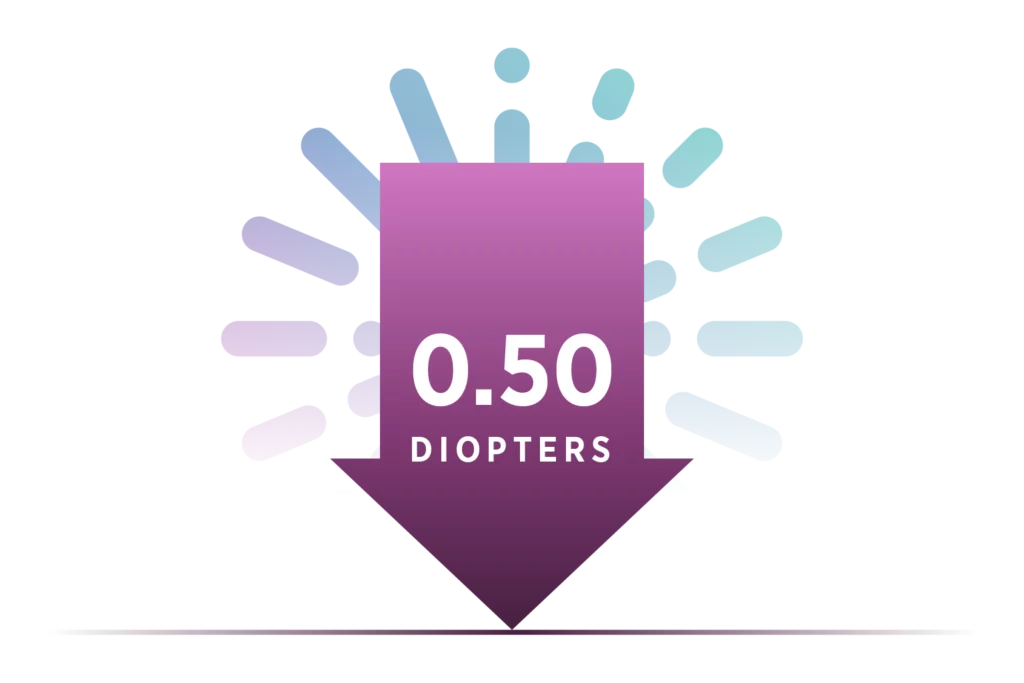
The Light Adjustable Lens corrects as low as 0.50 D of astigmatism, which is the lowest level approved to be treated.